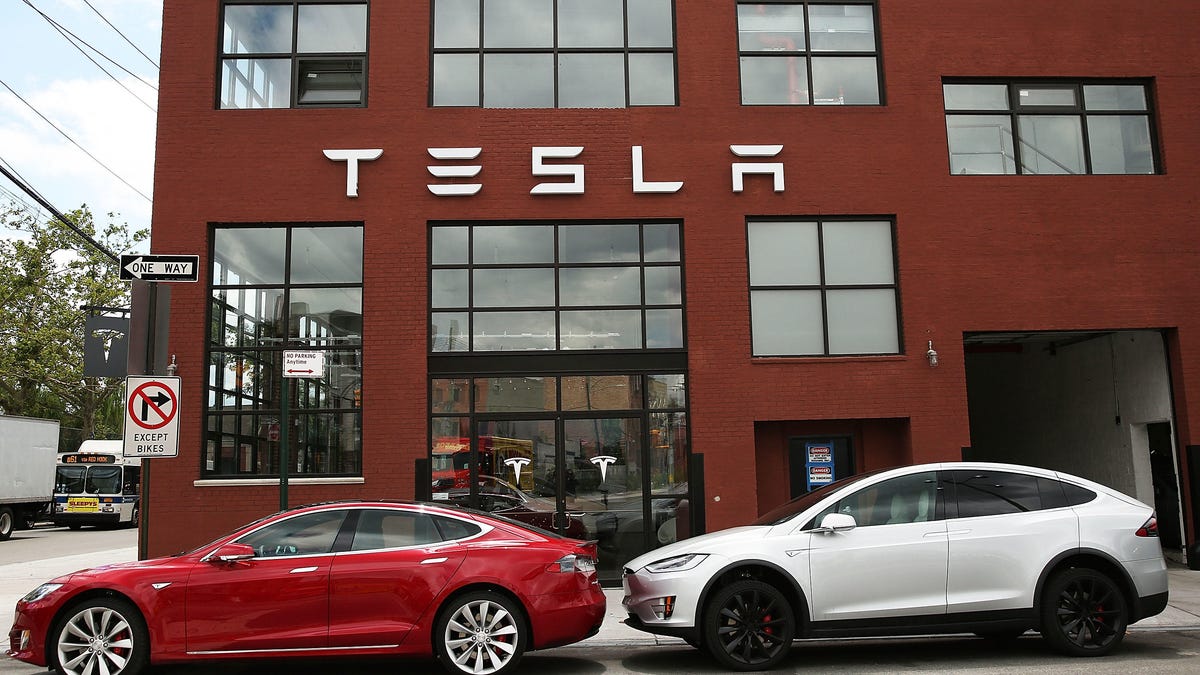Tesla Model 3 that crashed in Florida had Autopilot active, NTSB finds
Whether or not the driver’s hands were on the wheel is unknown.
The National Transportation Safety Board (NTSB) released a report on Thursday confirming Autopilot was engaged during a recent, fatal crash involving a Tesla Model 3 . This isn't the first documented crash that involved active use of Autopilot, and while it's easy to point fingers at the system or at Tesla , these incidents are much more complicated.
The NTSB's report states that 10 seconds before the Tesla Model 3 collided with a semi-trailer in this most recent March incident in Florida, the driver engaged Autopilot. Two seconds after that, the system registered that the driver's hands weren't on the wheel and they didn't register as being back on the wheel before the crash.
Now, at first glance, it's easy to blame the driver because the vehicle's data tells us that his hands weren't where they should have been. But if you've driven a car with a system like Autopilot, those systems rely on the driver applying torque to the wheel to register that the driver is doing their part. It's possible to have one's hands on the wheel without applying force.
Whether the driver's hands were on the steering wheel or not is irrelevant at this point, because the data shows that neither he nor the car made evasive maneuvers. It would be reasonable to expect that if the driver were paying attention to what was going on around him, he would have steered away or braked to avoid driving under the trailer of a semi-truck.
The car's speed was also listed as 13 miles per hour above the posted speed limit. Whether speed was a contributing factor to this incident is unclear.
"Tesla drivers have logged more than one billion miles with Autopilot engaged, and our data shows that, when used properly by an attentive driver who is prepared to take control at all times, drivers supported by Autopilot are safer than those operating without assistance," Tesla said in a statement.
Autopilot is an incredibly capable system, but it's important to remember that, no matter how many videos you watch online of people using it hands-free, this is a hands-on-the-wheel system. Despite what you might think -- and we'll say this until we're blue in the face -- there are no self-driving cars on sale in the US today. Autopilot is a system that works with a driver in control.


